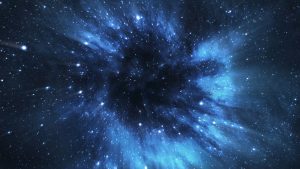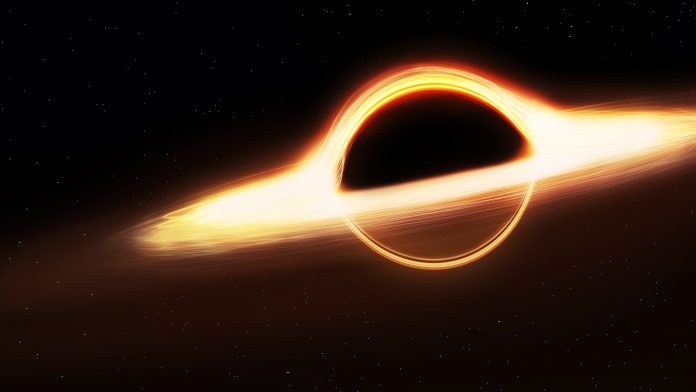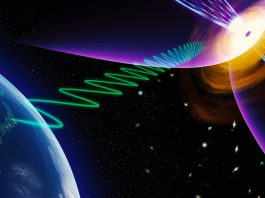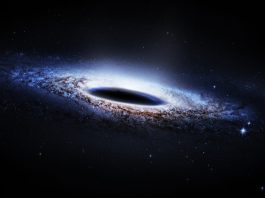A team of scientists has revealed features of stellar mass black holes that have never been seen before.
Black holes are the most mysterious objects in the Universe, with incredible and unique features.
For example, stellar mass black holes have masses of roughly ten Suns and reveal their existence by eating materials from their companion stars.
In some situations, supermassive black holes accumulate at the centre of some galaxies to form regions called quasars. These have masses equal to millions of our Sun.
A subset of stellar mass black holes that can launch jets of highly magnetised plasma are called microquasars.
Now, a team of scientists, dedicated to observing the Galactic microquasar dubbed GRS 1915+105, have revealed features of a microquasar system that have never been seen before.
The work, ‘Sub-second periodic radio oscillation in a microquasar,’ is published in the journal Nature.
A quasi-periodic oscillation signal was discovered in the radio band for the first time
The team of astronomers used the massive Five-hundred-metre Aperture Spherical radio Telescope (FAST) in China to reveal a quasi-periodic oscillation (QPO) signal in the radio band of a stellar mass black hole.
QPOs are a phenomenon that astronomers use to understand how stellar systems, such as black holes, function.
Although they have been observed in X-Rays from microquasars, their presence as part of the system’s radio emission is unique.
“The peculiar QPO signal has a rough period of 0.2 seconds, or a frequency of about 5 Hertz,” said Wei Wang, a professor with China’s Wuhan University, who led the team that made the discovery.
“Such a signal does not always exist and only shows up under special physical conditions. Our team was lucky enough to catch the signal twice — in January 2021 and June 2022, respectively.”
The findings may provide evidence of activity from a jet launched by a stellar mass black hole
According to Bing Zhang, UNLV astrophysicist and director of the Nevada Centre for Astrophysics, this feature may be the first evidence of activity from a jet launched by a stellar mass black hole.
Under certain conditions, some black hole binary systems launch a jet. These are a mix of parallel beams of charged matter and a magnetic field that is approaching the speed of light.

“In accreting black hole systems, X-Rays usually probe the accretion disk around the black hole while radio emission usually probes the jet launched from the disk and the black hole,” said Zhang.
“The detailed mechanism to induce temporal modulation in a relativistic jet is not identified, but one plausible mechanism would be that the jet is underlying precession, which means the jet direction is regularly pointing towards different directions and returns to the original direction once every about 0.2 seconds.”
What caused the QPO to occur?
According to Zhang, a misalignment between the spin axis of the black hole and its accretion disk could cause this effect. This is a natural consequence of the dragging of spacetime near rapidly spinning stellar mass black holes.
“Other possibilities exist, though, and continued observations of this and other Galactic microquasar sources will bring more clues to understand these mysterious QPO signals,” said Zhang.









